Ukrainian Photographer Maxim Dondyuk on Covering the Russo-Ukrainian War

Maxim Dondyuk (b.1983, Ukraine), winner of the W. Eugene Smith Grant, is a research-based photographer and artist who combines fieldwork, historical inquiry, and personal reflections with the medium of photography, video, text, and archival materials.
His regular interests include history, memory, conflict, and their enduring impact. His recent projects examine the meanings of war, nuclear energy, and their impact on human perception.
His work has received international acclaim, marked by prestigious awards including the 2022 W. Eugene Smith Grant in Humanistic Photography, being named the International Photographer of the Year at the Lucie Awards, and becoming a finalist for the Prix Pictet Photography Prize.
His art has been exhibited worldwide, in venues such as the Musée d’Art Moderne in Paris, Somerset House in London, MAXXI National Museum of XXI Century Arts in Rome, the House of Lucie in Budapest, the International Red Cross and Red Crescent Museum in Geneva, and L’Arsenal in Bastia.
Warning: The photos below contain graphic images of war. Viewer discretion is advised.
Peter Levitan: Congratulations on winning the W. Eugene Smith Fund Grant for your coverage of the Ukraine and Russian conflict. Given the nature of the award, do you see or feel a connection between your work and the documentary/editorial work of W. Eugene Smith? For example, his Minamata Japan series, which examined the human cost of mercury poisoning?
Maxim Dondyuk: Thank you for the congratulations. In fact, I received the award back in 2022 — it’s been two years since then, and a lot has changed. But I do feel a certain connection to Eugene Smith’s work. Primarily in how difficult it is to find publications willing to publish heavy, uncomfortable stories. Even during the war, I created a series that magazines refused to run — for example, one about a military hospital. They considered the images too harsh.
Today, everything revolves around breaking news. If a topic isn’t at the top of the headlines, no one is interested. It’s nearly impossible to make a living from documentary photography now — the profession is dying. And in that sense, I feel a kinship with Eugene Smith: you’re doing important, meaningful work, but it’s not wanted, and it’s not something you can survive on.
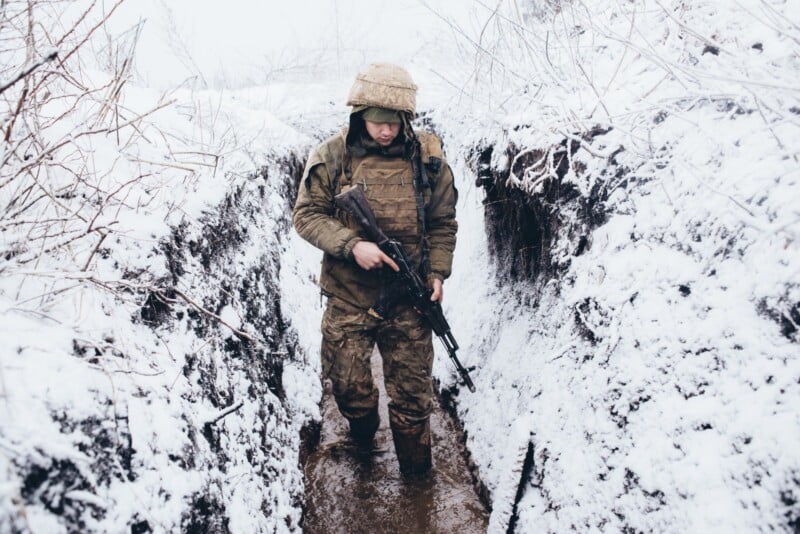
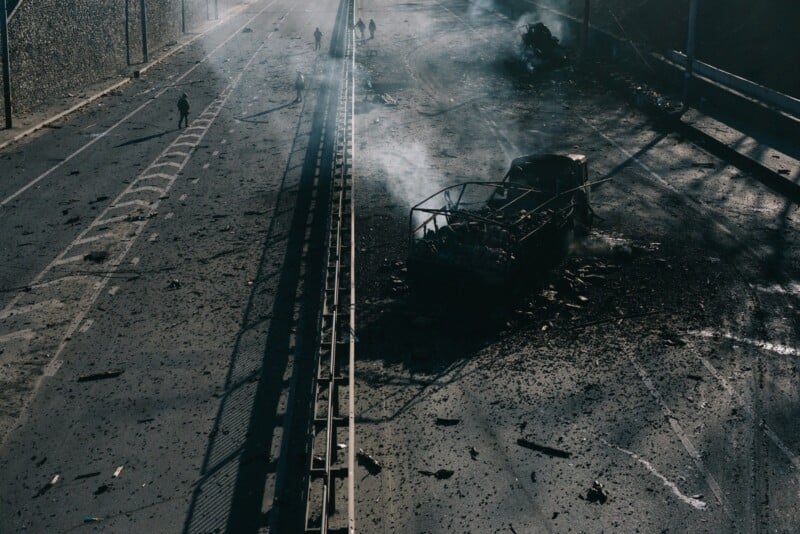
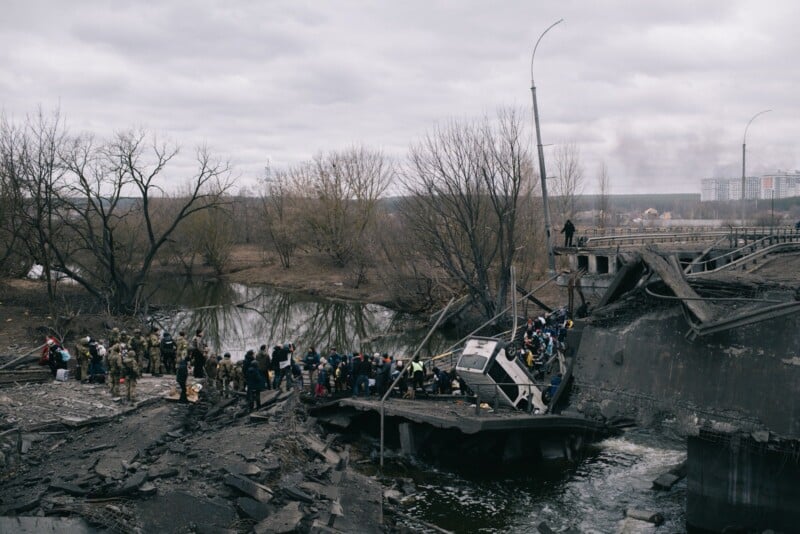
You photographed the people and places in Ukraine during the first eight years of the Ukraine and Russian conflict. What were your editorial goals?
I didn’t set any specific editorial goals for myself. In most cases, I was photographing without assignments — I was documenting the war in my own country. Sometimes I worked with magazines, but that was very rare. I think it’s a bit of a misconception to view me as a photographer who fulfills traditional editorial tasks.
I made a conscious decision to stay in my country and document the war between Ukraine and Russia. Magazines reached out to me occasionally — because I speak the language, I know the terrain, I have connections. But I’m not the kind of photographer who comes in on assignment and leaves a week later. I did it because this is my country.

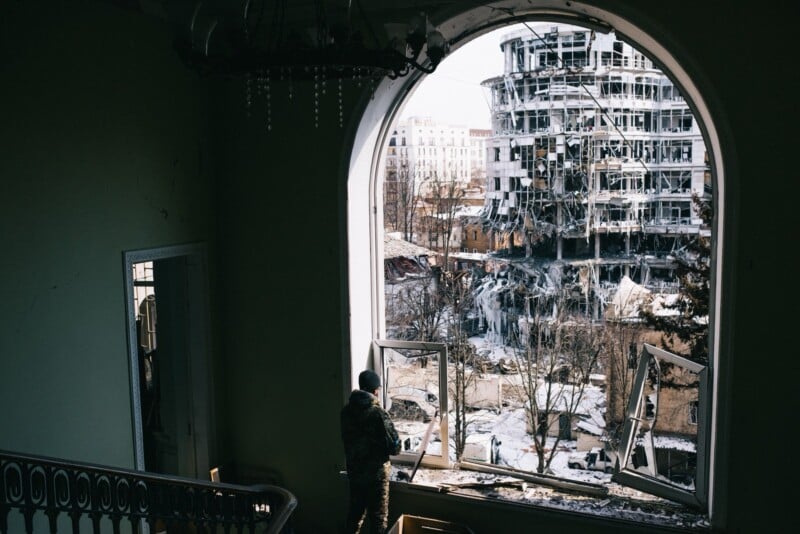

How did you get access to the war zone and the agreement of the fighters?
Since 2014, following the revolution and the annexation of Crimea, I began actively documenting events – including the tragedy in Ilovaisk, where the Ukrainian army was encircled. Since then, I’ve built many connections and relationships, especially among the military. This helped me gain access to various places — not as a journalist, but as someone who had earned trust since 2014. But even with access, it wasn’t always possible to publish what I shot. Often, I was allowed to photograph but asked not to release the images for ethical reasons or safety concerns. That’s why not everything I’ve captured has been shown to the public or published in magazines.
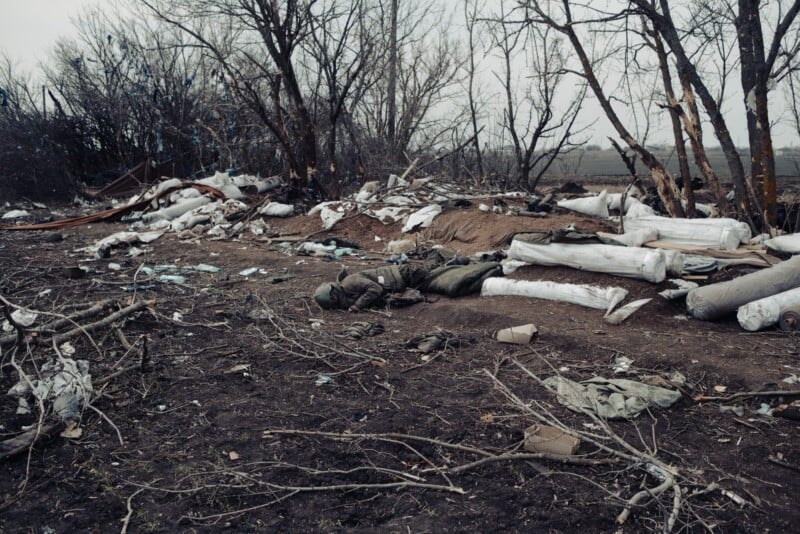
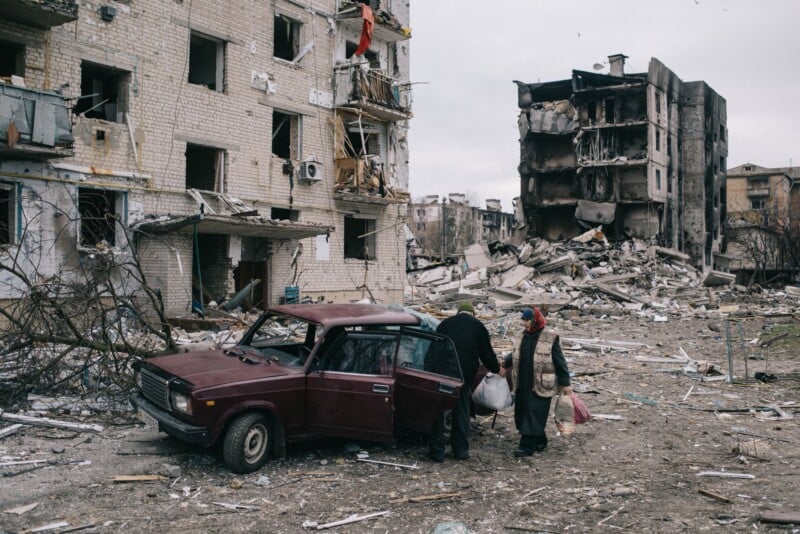
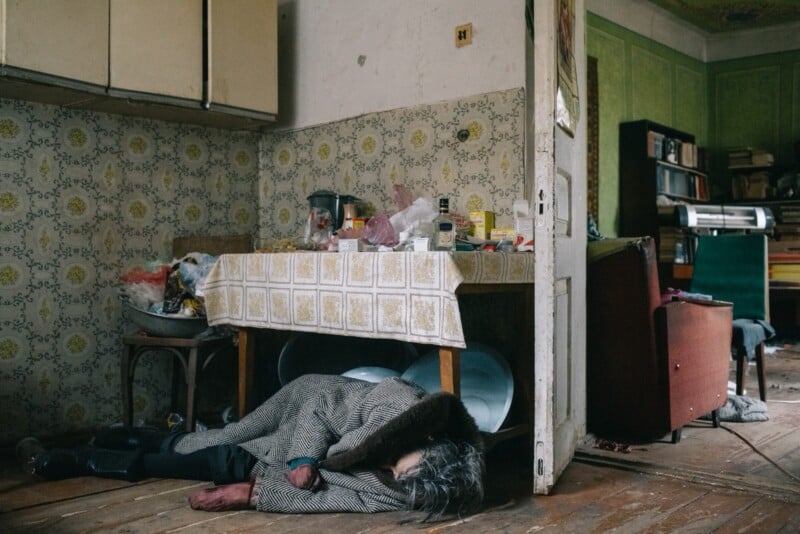
Did photographing a war in your own country take an emotional toll on you? If so, how did you overcome that feeling to be an objective observer?
This question can be answered simply: this isn’t about photographing a war — this is the war. The war in my home. I lost my hometown. My parents lost everything and are now living as refugees in Europe. I lost everything too. I’ve been wounded several times. Many of my friends were killed. Others are still on the frontlines. Half of the country is soaked in blood. This isn’t a three-week assignment from an editorial office. I don’t have a home. My family doesn’t have a home. Many people I know have nothing left. Some lost their loved ones. This has changed me forever. Of course it affected me — how could it not?
As for “objectivity” — I don’t believe in it. Objectivity suggests detachment, coldness, And indifference. But how can you look at a dying person with indifference? There is no objectivity in my photography — and I’ve always made that clear. I am subjective, just like any photographer or journalist, no matter what they claim. Everyone has their own context, their biography, emotions, and attachments. All of that shapes how they see and capture what’s happening. Objectivity is defended by those who feel nothing while they work — or by those who don’t want to take a side. But I am on a side. This is my country, my people, my pain. I’m not traveling to a foreign war I have no connection to, in a country whose language I don’t even speak.
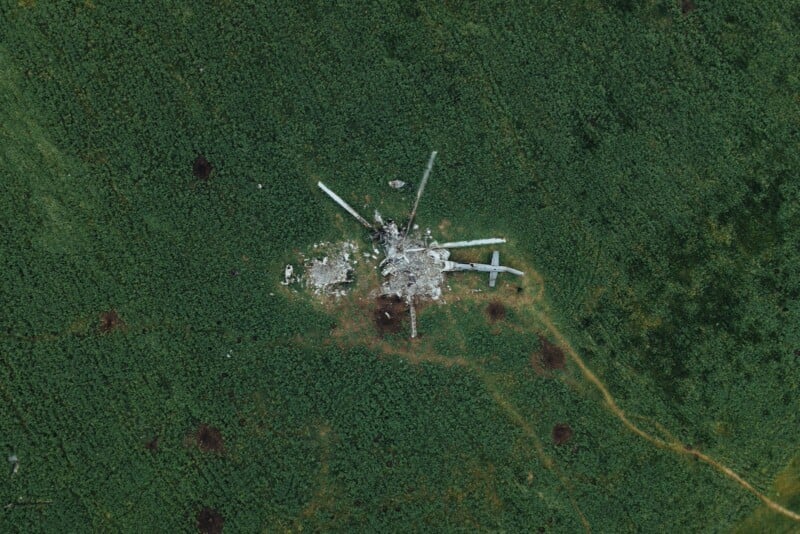
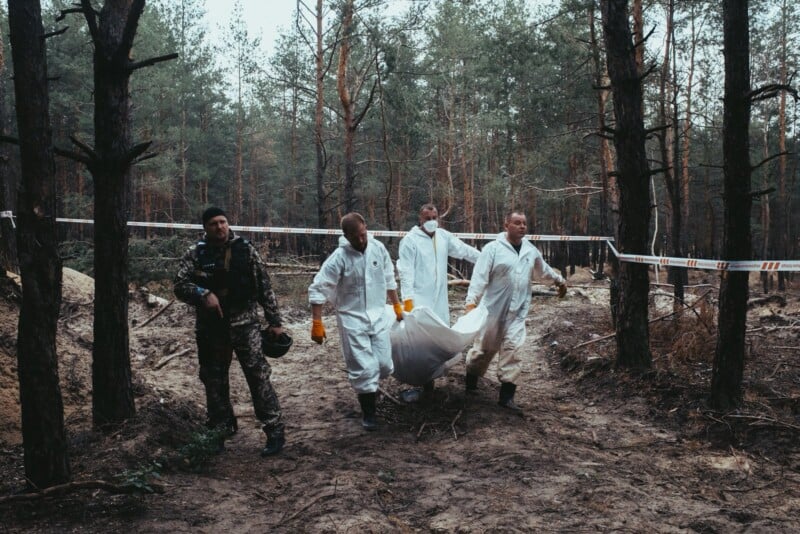
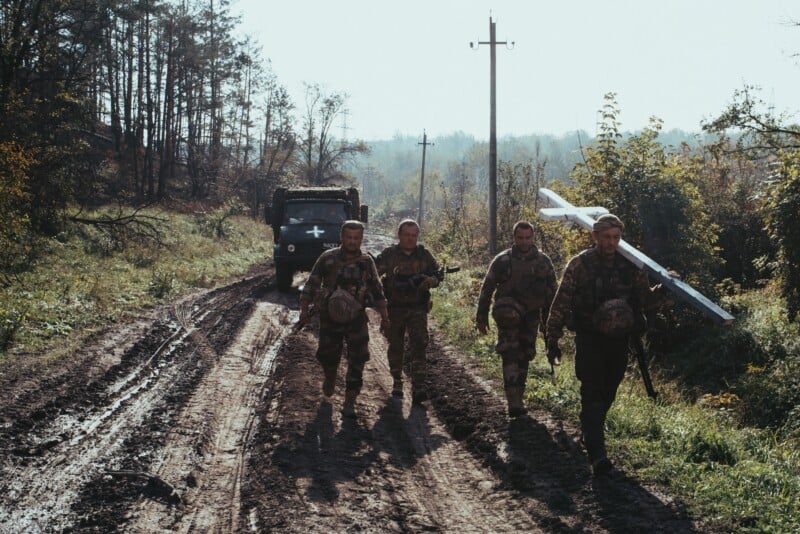
How did you get the photographs out into the country, into your society, and beyond?
I don’t actively distribute my photographs — I document history. I have a website, I’m working on a photo book, and I organize exhibitions. Sometimes magazines publish my work if they’re genuinely interested in it. But around 90% of my archive remains unpublished. Most of these images will likely appear in the book or be shown in exhibitions. Some are shared on Instagram — for those to whom it matters. But I’m not aiming for mass distribution. For me, what matters more is documenting the story. I’m not a fan of the internet, I don’t use social media personally, and I don’t send my photos out to magazines. If a magazine is interested, they’ll reach out — but I don’t pitch my work myself.
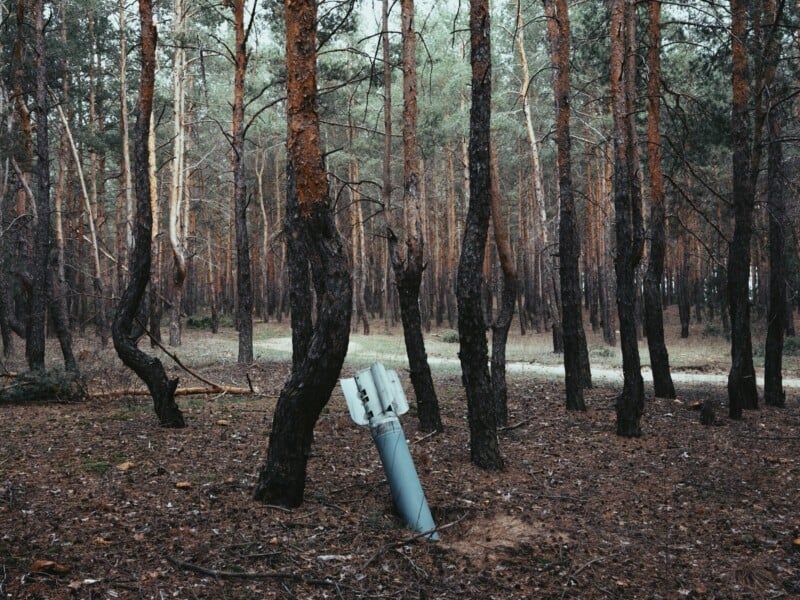

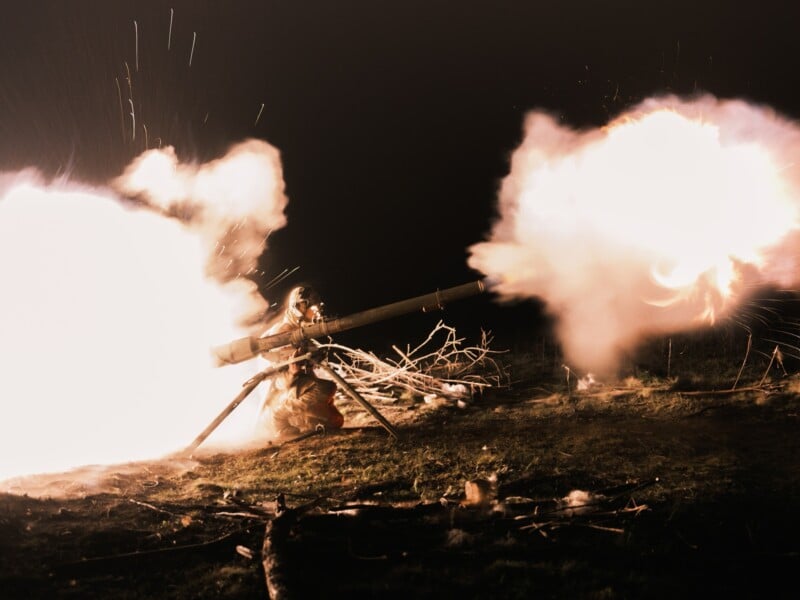
Bakhmut area, March 2023.
Can a conflict photographer who drops into the war zone from another country, often for a short period of time, capture the true human toll and magnitude of the events on the ground?
For me, the answer is clear — no. Because they can’t truly feel or experience that suffering. They may not know the language, may not understand the context, or be aware of the history. They might stay for three days or three weeks, then move on to another war, spend some time there, take beautiful shots, and go back home. And often those images are just compositions — the kind that win World Press Photo awards.
But what do they really convey? Horror? Yes. Despair? Sometimes. But do they capture the essence, the atmosphere, the internal state? Most often — no. And not because the photographer is bad, but because they’re an outsider. They came, got their dose of adrenaline, and left. It’s closer to war tourism.
I’m convinced that only local photographers can truly convey the reality of a conflict, the depth of a tragedy. That’s why I’ve never gone — and never plan to go — to photograph wars in other countries.
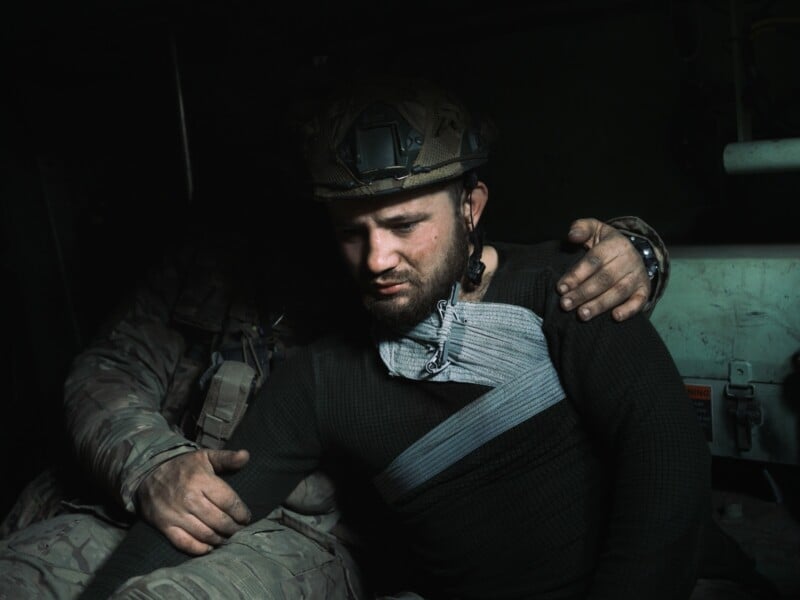
The Bakhmut area, March 2023.
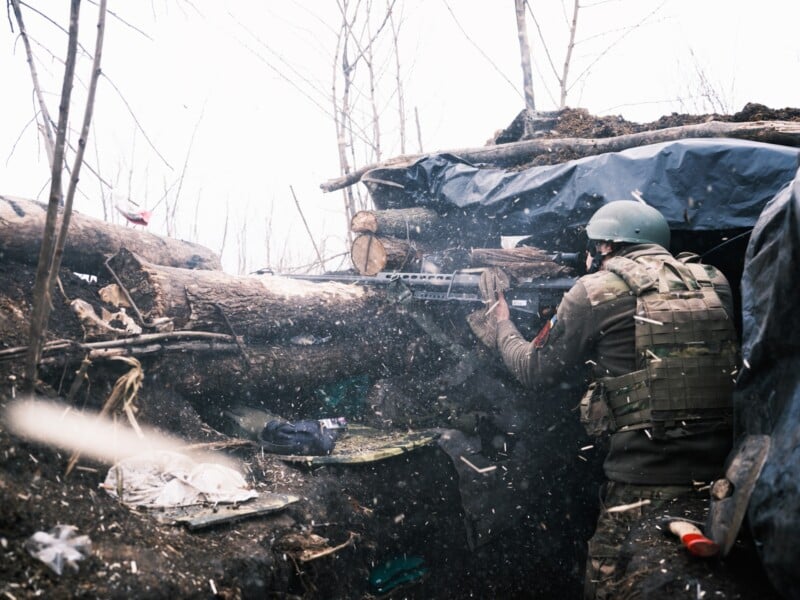
Bakhmut area, March 2023.
You can find more of Maxim’s work and connect with him on his website.
About the author: Peter Levitan began life as a professional photographer in San Francisco. He moved into a global advertising and Internet start-up career. Peter photographs people around the world using a portable studio. This is his excuse to travel and meet people.
About the author: All photographs, except where otherwise noted, by Maxim Dondyuk
Source link


